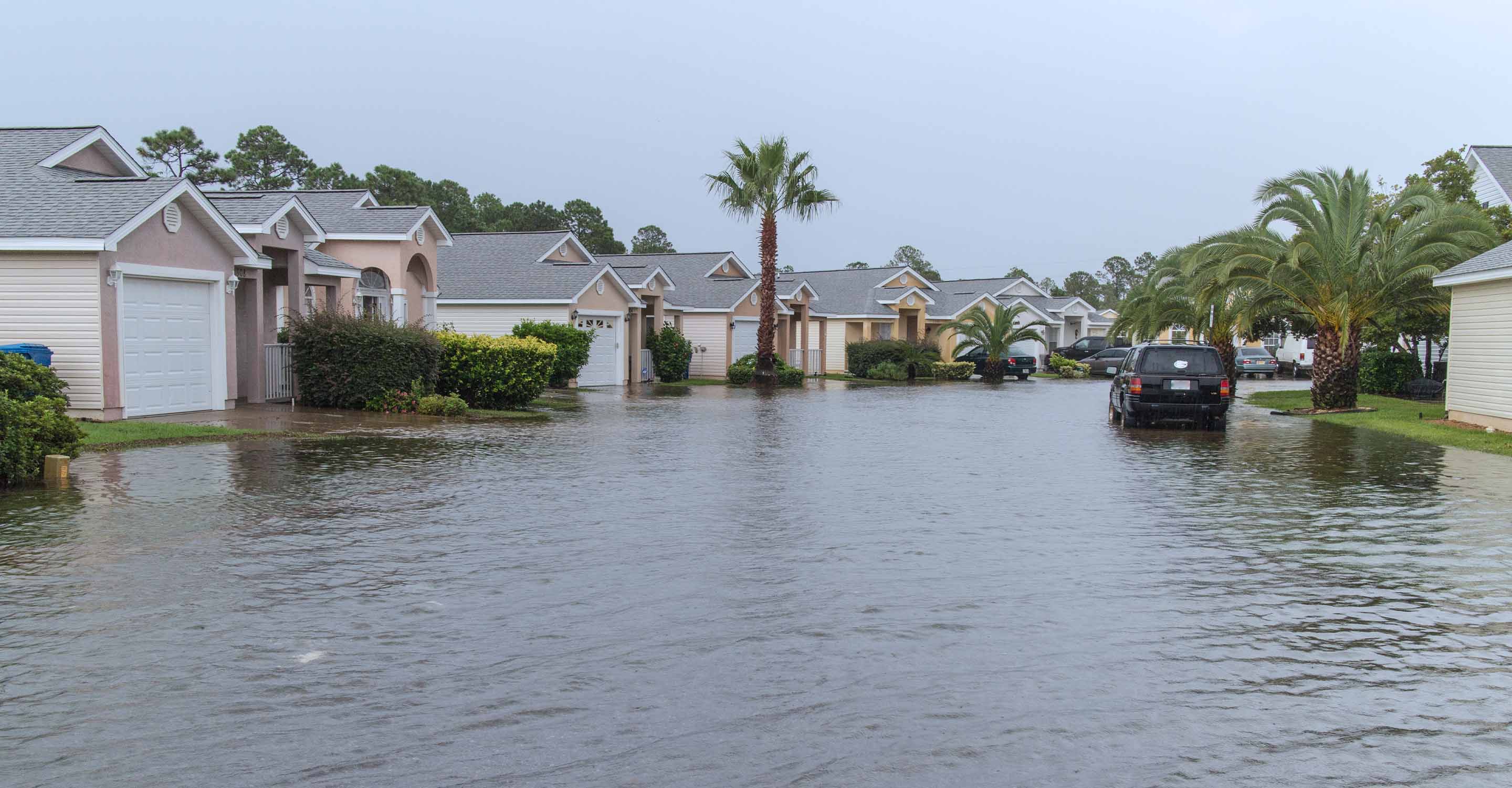Can Tho air quality map
Live air pollution map of Can Tho
85.8K people follow this city
Full screen
Contributors category
0
Government
0
Educational
0
Non-profit organization
0
Corporate
0
Individual
0
Anonymous
Station(s) operated by

*IQAir’s AQI data modeled using satellite data. Learn more
Health Recommendations
| Enjoy outdoor activities | |
| Open your windows to bring clean, fresh air indoors GET A MONITOR |
Can Tho does not have air sensor data
Be the first to measure and contribute air quality data to your community.
Understand air pollution and protect yourself
Can Tho MAP AIR QUALITY ANALYSIS AND STATISTICS
Does the air quality map for Can Tho indicate the current level of air pollution?
When the interactive air quality map for Can Tho is first opened you will see some coloured discs, each of which represents an air quality monitoring station. In Can Tho, there are no monitoring stations so the air quality is calculated using satellite information and information from what is available. The coloured discs are colour-coded ranging from pale green for good air quality to dark maroon for hazardous quality air. The darker the colour the worse the air quality.
In the centre of each disc, a number can be seen which is the US AQI number which represents the air quality. This number is internationally recognised and endorsed by the World Health Organisation (WHO). It can be used to compare air quality in cities across the globe by using comparable standards. It is calculated by measuring the levels of nitrogen dioxide, sulphur dioxide, ozone, carbon monoxide and PM2.5 and PM10. If all six figures are not available, a level is calculated by using what data there is. The higher the number; the dirtier the air.
If a disc is selected, the user will be taken to another page where they will find comprehensive information about the air quality surrounding that station.
Information such as the weather, temperature, humidity, wind direction and air pressure.
Is there any other information that can be gleaned from the air pollution map for Can Tho?
When the air pollution map for Can Tho is opened in full-screen a few monitoring stations can be seen because as already stated, there are no monitoring stations in Can Tho. As with all interactive maps, the legend appears on the left-hand side of the screen showing the position of the air monitors, fires, air quality and wind. The “fire” symbols are various sizes because the larger the icon, the bigger the fire. This is when the wind speed and direction become important as to whether or not the smoke will affect the city.
At the foot of the page, there is a full explanation of the different colours used in the discs, ranging from “good” to “hazardous”. (Pale green to dark maroon)
Users can often use the air pollution map for Can Tho to determine when and where it is safe to travel to other parts of the city. The location of schools and homes can sometimes be based on the cleanliness of the air in a particular area.
The user is often able to see where the industrial zones are because of the darker circles displayed on the map. The city centre can be a darker colour too because of the amount of traffic polluting the city centre at rush hour. This information is not available in Can Tho because of the lack of ground monitoring stations.
Factories that were built many years ago often still remain on their original site. The pollution they produce is very localised but irritating nonetheless. Many local authorities are offering subsidies to these rogue factories in an attempt to lure them out of the city centre and into a specialised industrial park, outside the city centre. This also helps because the staff no longer need to drive through the city centre in order to get to work, so their vehicle emissions no longer contribute to the air pollution.
Does the air pollution map for Can Tho indicate where the worst air quality is?
Most of the polluted air in Can Tho comes from vehicle emissions and the exhaust gases from coal-fired power stations and factories. The city is growing exponentially which in turn leads to a rapid growth in the number of vehicles using the road. Many of these are older vehicles that lack modern technology to help keep their emissions clean.
The local authorities are currently investing in the installation, operation and the connection of automatic and continuous transmission of air and exhaust monitoring data from both the urban areas and the production facilities that produce unacceptably large volumes of emissions. This will eventually lead to warnings issued to members of the public about the deteriorating quality of the air.
The main city page for Can Tho is very informative and contains a variety of facts and figures based on air quality.
PM2.5 is a measurement used on the air pollution map of Can Tho, but what is it?
Air pollution exposes people to fine particles in polluted air. These fine particles penetrate deep into the lungs and cardiovascular system, causing strokes, heart disease, lung cancer, chronic obstructive pulmonary disease and respiratory infections. Industry, transportation and coal-fired power plants along with the use of solid fuels are the major sources of air pollution. Air pollution continues to increase at an alarming rate and affects economies and people's quality of life.
The finer a particle, the deeper it can penetrate the respiratory tract and therefore the higher its potential toxicity. The largest particles (PM10) are retained by the upper airways. The finer particles penetrate deep into the respiratory tract where they can cause inflammation and impair respiratory function as a whole. Particles of size (less than 1 micron) are suspected to be a cause of cardiovascular problems. They may also have mutagenic and carcinogenic properties. This is particularly the case for certain particles emitted by diesel engines (Polycyclic Aromatic Hydrocarbons - or PAHs - for example).
The harmful effects on health are particularly proven in the elderly or suffering from immune, cardiac or respiratory insufficiencies and in children. Given that long-term exposure to particles significantly reduces life expectancy, it is certain that the long-term effects (chronic exposure) are more important for public health than the short-term effects (acute exposure).
According to the World Health Organisation (WHO), the effects or consequences of short-term exposure are:
- Inflammatory reactions of the lungs
- respiratory symptoms
- Adverse effects on the cardiovascular system.
The increase in the taking of medication, hospitalization and mortality of people suffering from respiratory problems, being cardiac or asthmatic (and considered to be the groups at risk).









